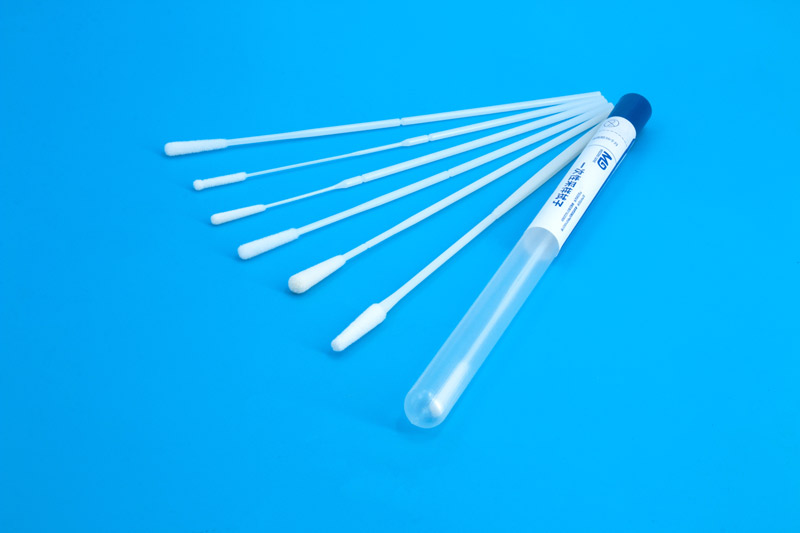
Sampling swabs are used in various medical procedures to collect biological fluids for elution and analysis. Sterilization of these swabs is crucial to ensure that they do not pose any health risks to patients.
Here’s how to sterilize sampling swabs:
Ethylene oxide (EtO or EO)
EtO is a sterilization method that utilizes medium temperatures between 99-145°F (37–63°C), which creates a chemical reaction of proteins and DNA within the bacteria or viruses. The final step of the process is heated air circulation at temperatures typically between 122-140°F (50-60°C) to remove the EO gas from products and packaging.
Autoclaves
Autoclave sterilization uses steam and pressure to increase the temperature between 250-270°F (121-132°C) to kill bacteria and viruses.
Gamma irradiation
Gamma irradiation sterilization uses a radioactive material that emits high energy gamma rays, which breaks down the DNA within the bacteria or viruses.
In conclusion, sterilization of sampling swabs is crucial to ensure that they do not pose any health risks to patients. Swabs can be sterilized using various methods including Ethylene oxide (EtO or EO), autoclaves, and gamma irradiation. Proper handling procedures should be followed to avoid contamination.

















